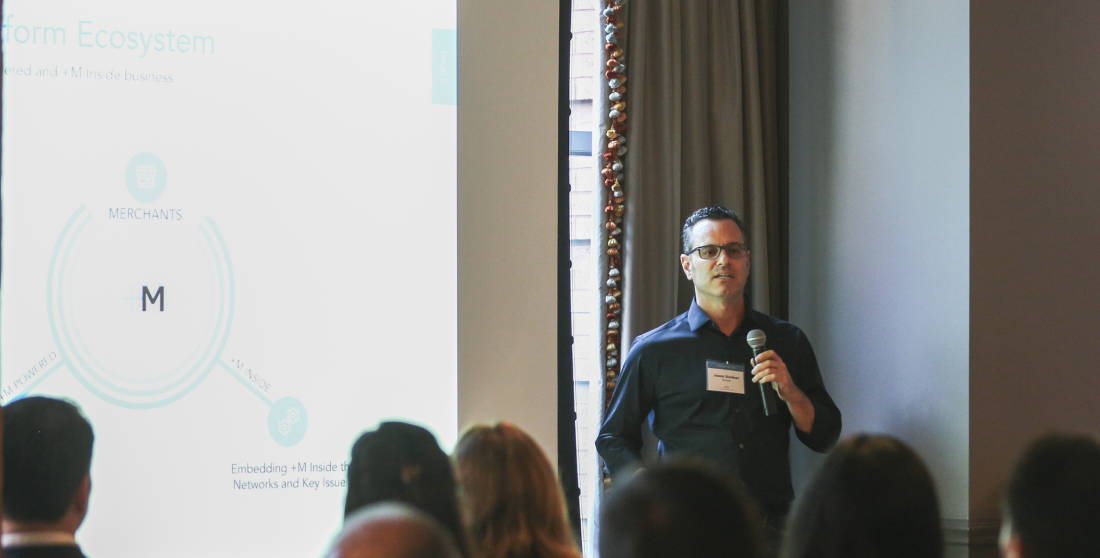
A panel of SaaS founders and investors weigh in on the key metrics you must understand at various stages of the customer acquisition funnel.
Software-as-a-service startups have the advantage of plenty of data to work with — but the question is, what metrics matter most when you’re tracking, growing and pitching your business?
Founders Network convened a meeting of the mind to shed light on how founders master SaaS metrics throughout the lifecycles of their startups. While there isn’t a one-size-fits-all approach to SaaS metrics, there are a few general principles founders can consider when sizing up their metrics.
“There’s a category one, which is metrics that relate to the growth and health of the business. Category two is unit economics, and category three is user engagement,” explains David Ordal, CEO at ExaVault. “And those things can be very different depending on: Are you a B2B company? Are you a B2C company? Where are you in your product life cycle? Those are some of the things that we tend to think about.”
There are plenty of variations within the SaaS bucket, adds Jacob Loveless, founder of the edge acceleration platform Edgemesh. Certain metrics and benchmarks that are relevant to a direct-to-consumer startup may have nothing to do with a company that sells enterprise technology. Both are most likely seeking recurring revenue as a core barometer of their business performance, however.
“Running a business, very simple, right? You need to find new customers and retain those customers. In SaaS, there's nothing else to do.” - @loveless_jacob Share on X“Running a business is very simple: You need to find new customers and retain those customers. In SaaS, there’s nothing else to do. But there’s the top of the funnel, middle of the funnel, and back end of the funnel,” adds Scott Coleman, partner at Ignition Partners and former head of Microsoft Ventures’ startup engagement and global accelerator program.
Loveless adds that he uses Baremetrics to track internal benchmarks, and looks at around eight key metrics that tie in to each of those segments of the funnel. At the top of the funnel, the most important metric is likely conversion rate.
“That’s users who visit the page divided by users who triggered a conversion goal, which is a sign up,” says Jeremy Almond, founder of Paystand, a B2B payments startup that has raised $23 million since 2013. Marketers can slice and dice more granular data to come up with ways to optimize conversion rates, but for SaaS startups, conversion rates are the true north at the top of the funnel.
Further down in the funnel, user churn serves as a window into how many customers are sticking with your products.
“The quick ratio is my north star. If that number is greater than one, you're growing; if it's less than one, you're not growing.” - @loveless_jacob Share on X“User churn is a key metric to look at. I also look at revenue churn, which is its counterpart, and number of active customers,” adds Ordal. “And the quick ratio is my north star. If that number is greater than one, you’re growing; if it’s less than one, you’re not growing.”
Founders should also be careful not to get distracted by metrics that don’t necessarily matter, adds Coleman, dubbing the common mistake the “SaaS fallacy.” Particularly for founders who are less seasoned, it’s easy to get tripped up by metrics that appear important but really aren’t, he says.
“At the end of the day: Are you bringing in more revenue than your costs are over time to build a big business? Metrics can be misleading about what's actually going on with the underlying business.” - @colemanscott1 Share on X
“There’s a lot of them, in my view,” he says. “One, for me, would be customer acquisition costs: If you’re not including all of the relevant costs, it’s totally useless. At the end of the day: Are you bringing in more revenue than your costs are over time to build a big business? Metrics can be misleading about what’s actually going on with the underlying business.”
Founders and CEOs or startups will eventually develop their own benchmarks and definitions for success as their companies grow. And getting insight from peers in entrepreneurship is also critical.
“It’s incredibly important to see how you're performing relative to your peers. I want to know what it looks like for me to be in the top decile of companies: If I'm tripling my business every year, I need to know what it looks… Share on X“It’s incredibly important to see how you’re performing relative to your peers and, your peers will change at different stages of the company,” adds Almond. “I want to know what it looks like for me to be in the top decile of companies. If I’m tripling my business every year, I need to know what it looks like to keep and maintain that kind of rate.”
To access the full discussion, sign up at Founders Network for more expert insights on:
- Categories of metrics
- Benchmarking the Sales Funnel
- Choosing Your ‘North Star’
- Useful Tracking Tools
- Common Mistakes to Avoid






